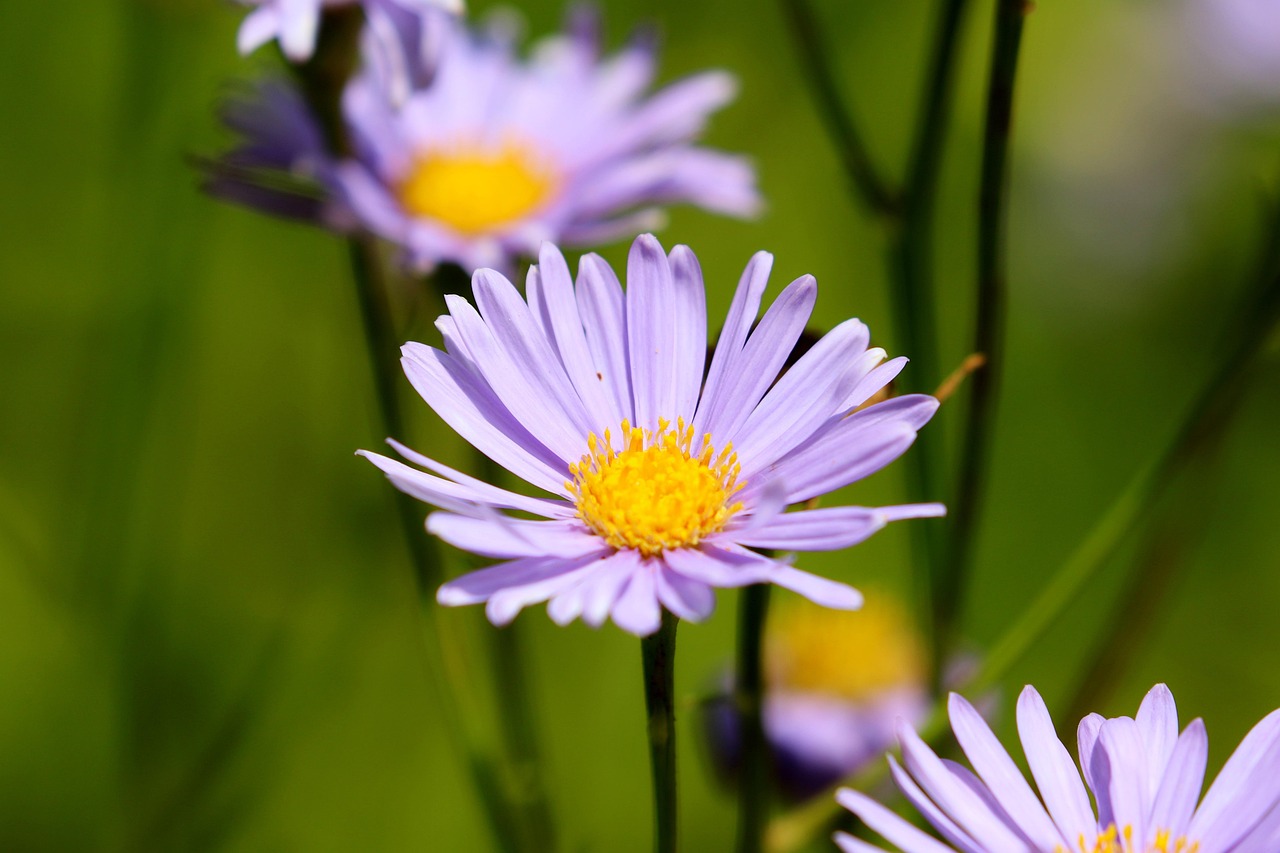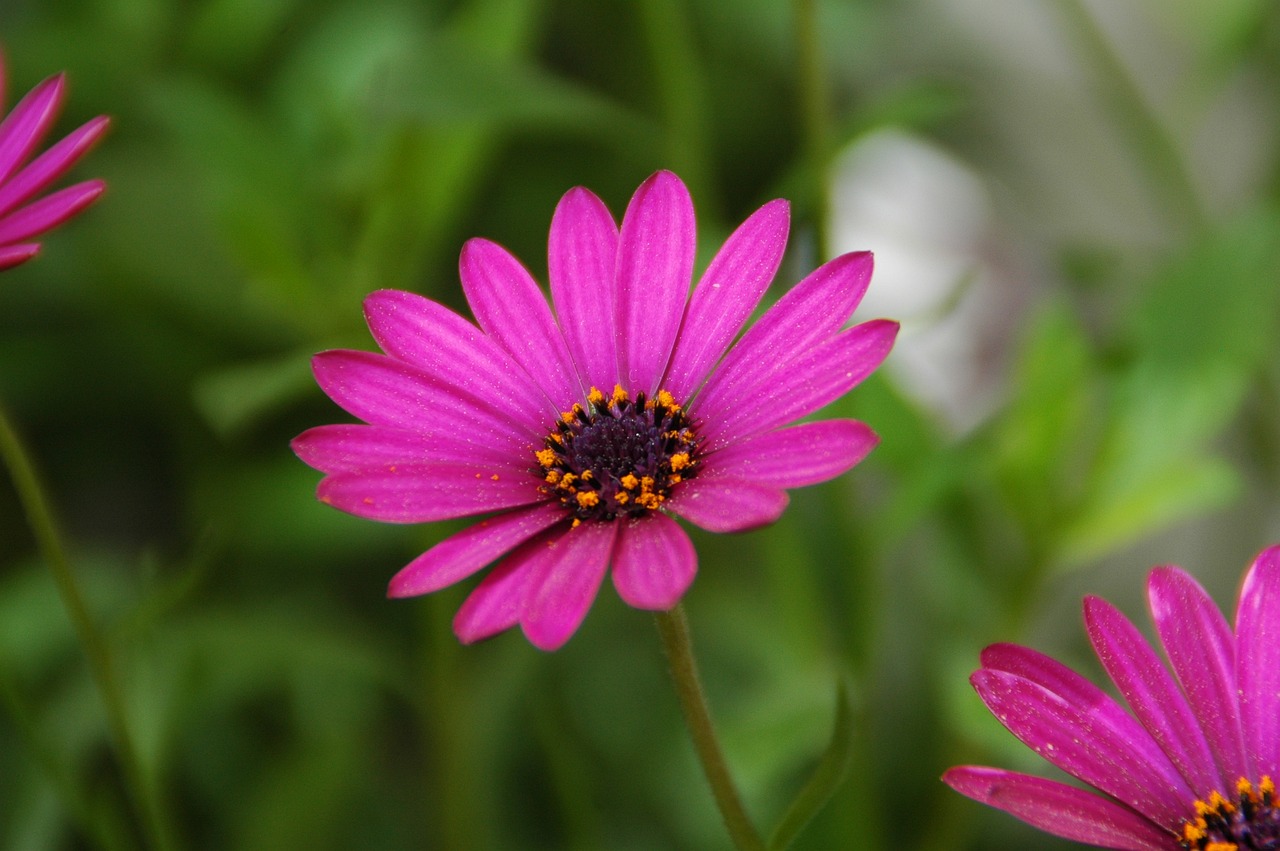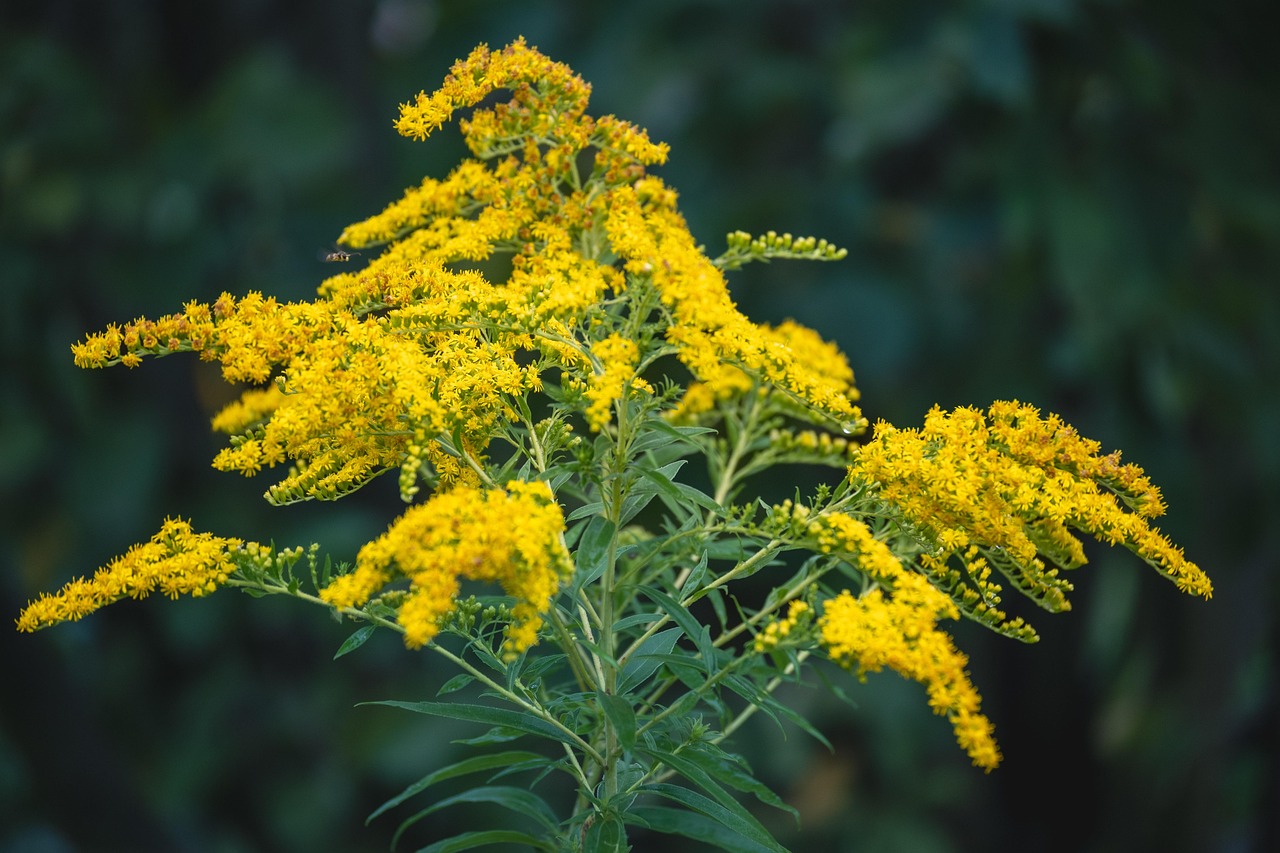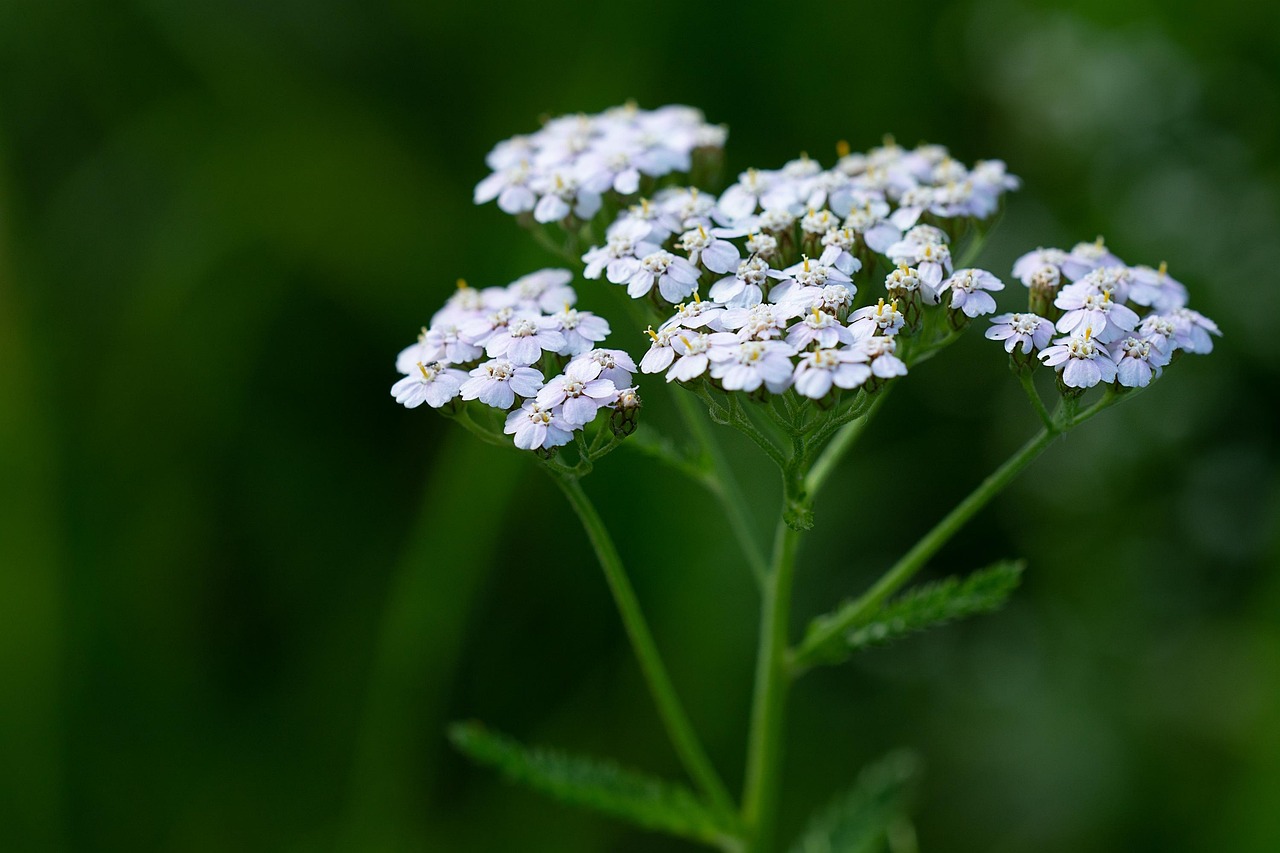Artichoke | A Roman Tradition Hidden Behind the Thorns
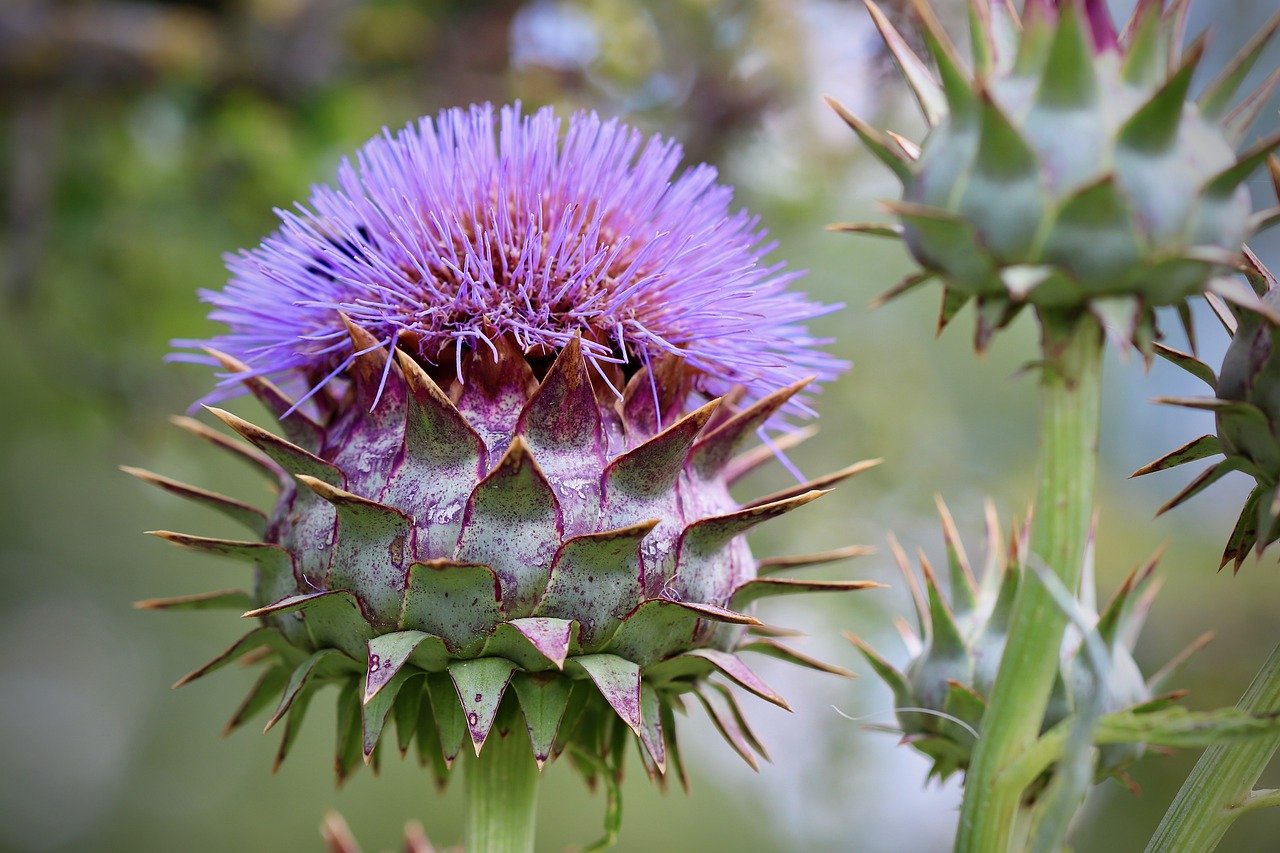
The artichoke is a perennial plant native to the Mediterranean coast. Its unique shape and vibrant purple flowers make it a popular ornamental plant. I also find its edible aspect highly attractive, as the buds are used in cuisines around the world.
In this article, I will explain in detail the basic information, cultural background, history, and cultivation methods of the artichoke.
Basic Information
- Scientific name: Cynara cardunculus var. scolymus
- Family: Asteraceae
- Origin: Mediterranean coast
- Appearance: The artichoke grows up to about 1.5 meters tall, with silver-green, serrated leaves. Its round flower buds bloom into striking purple flowers, which are valued both ornamentally and as food.
- Flowering season: Mainly summer (June–August).
Cultural Characteristics Around the World
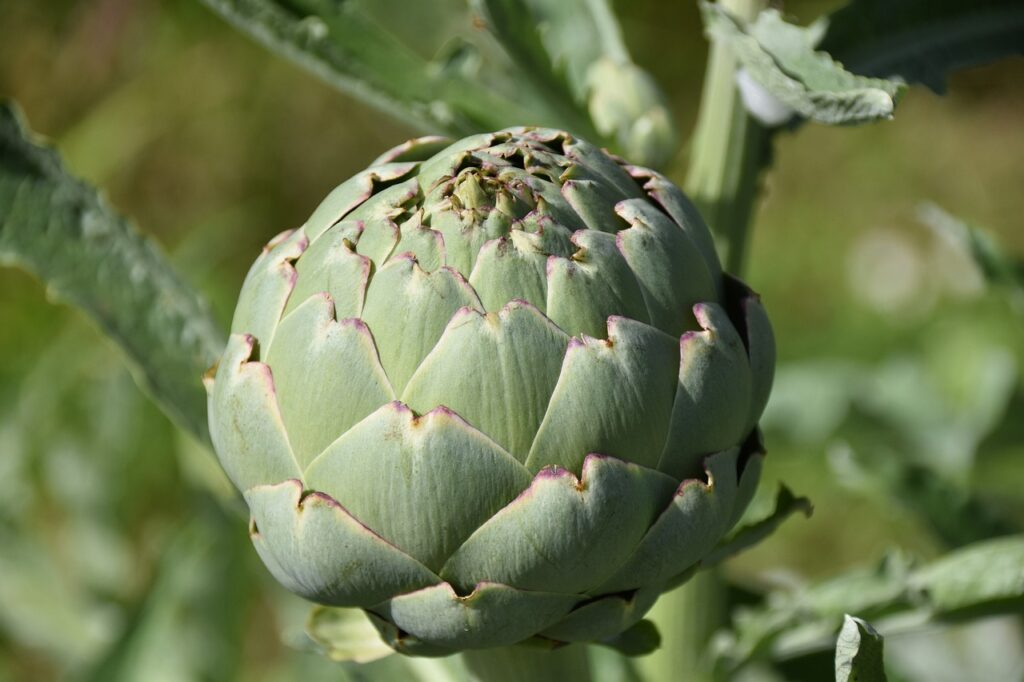
The artichoke is widely appreciated both as food and as an ornamental plant.
In the Mediterranean region, it plays an important role in cuisine, being used in everything from home cooking to fine dining. Italy’s Carciofi alla Romana (Roman-style artichokes) and France’s Artichauts à la Barigoule (braised artichokes) are classic examples.
As an ornamental plant, the artichoke is admired in flower arrangements and garden displays. The purple blooms, in particular, make a striking accent in gardens.
In the United States, the Monterey region of California is a major production area. Every year, the “Artichoke Festival” is held there, attracting numerous visitors.
Historical Episodes
The history of the artichoke dates back to ancient Greece in the 4th century BC, when it was regarded as a symbol of abundance and prosperity, used in festivals and special banquets.
In ancient Rome, it was considered a luxury food, prized among nobles and emperors.
Although its cultivation temporarily declined during the Middle Ages, it regained popularity in the 15th century in Italy and France.
The spread in France is attributed to Catherine de’ Medici, who introduced the artichoke from Italy, greatly increasing its popularity.
From the 19th century onward, it was exported to the United States and Australia, becoming a plant cherished worldwide.
Gardening Advice

The artichoke is relatively easy to cultivate if sufficient space is available. Please consider the following points:
Sunlight
Prefers full sun, requiring at least six hours of direct sunlight daily for healthy growth.
Soil
Well-drained, organic-rich soil is ideal. Mixing compost or leaf mold before planting ensures better results.
Watering
Water regularly during the growing season to prevent the soil from drying out. Avoid overwatering, as excess moisture may cause root rot.
Fertilization
Apply nitrogen-rich fertilizer every 2–3 weeks during the growing season to promote leaf and flower development.
Pruning & Harvesting
Harvest flower buds when they are still firm and closed. For ornamental purposes, prune spent flowers appropriately to maintain overall beauty.
Conclusion
The artichoke is a plant that can be enjoyed both for its striking ornamental qualities and its worldwide culinary appeal.
By planting artichokes in your garden, you can experience both the joy of cultivation and the beauty they bring.

